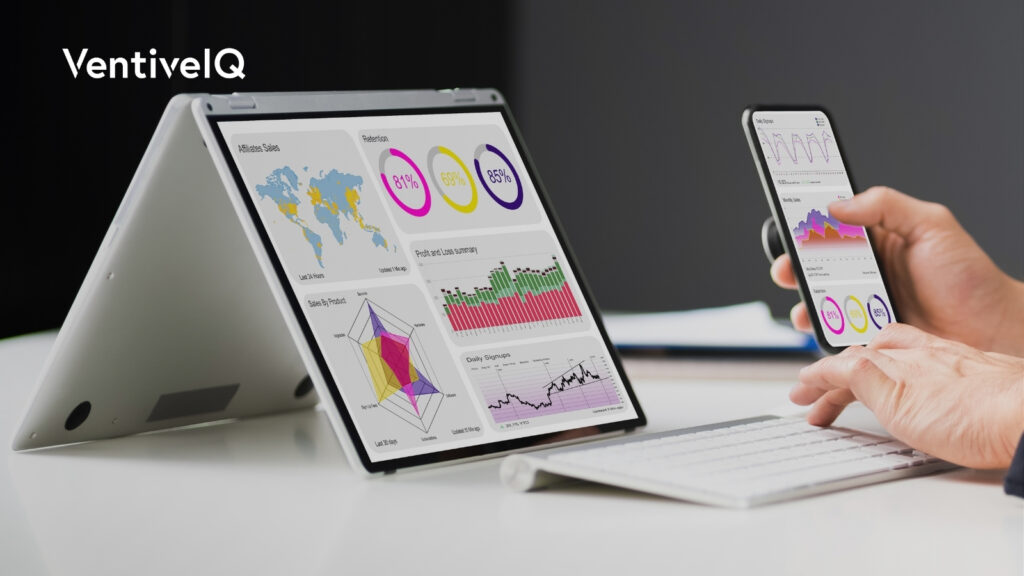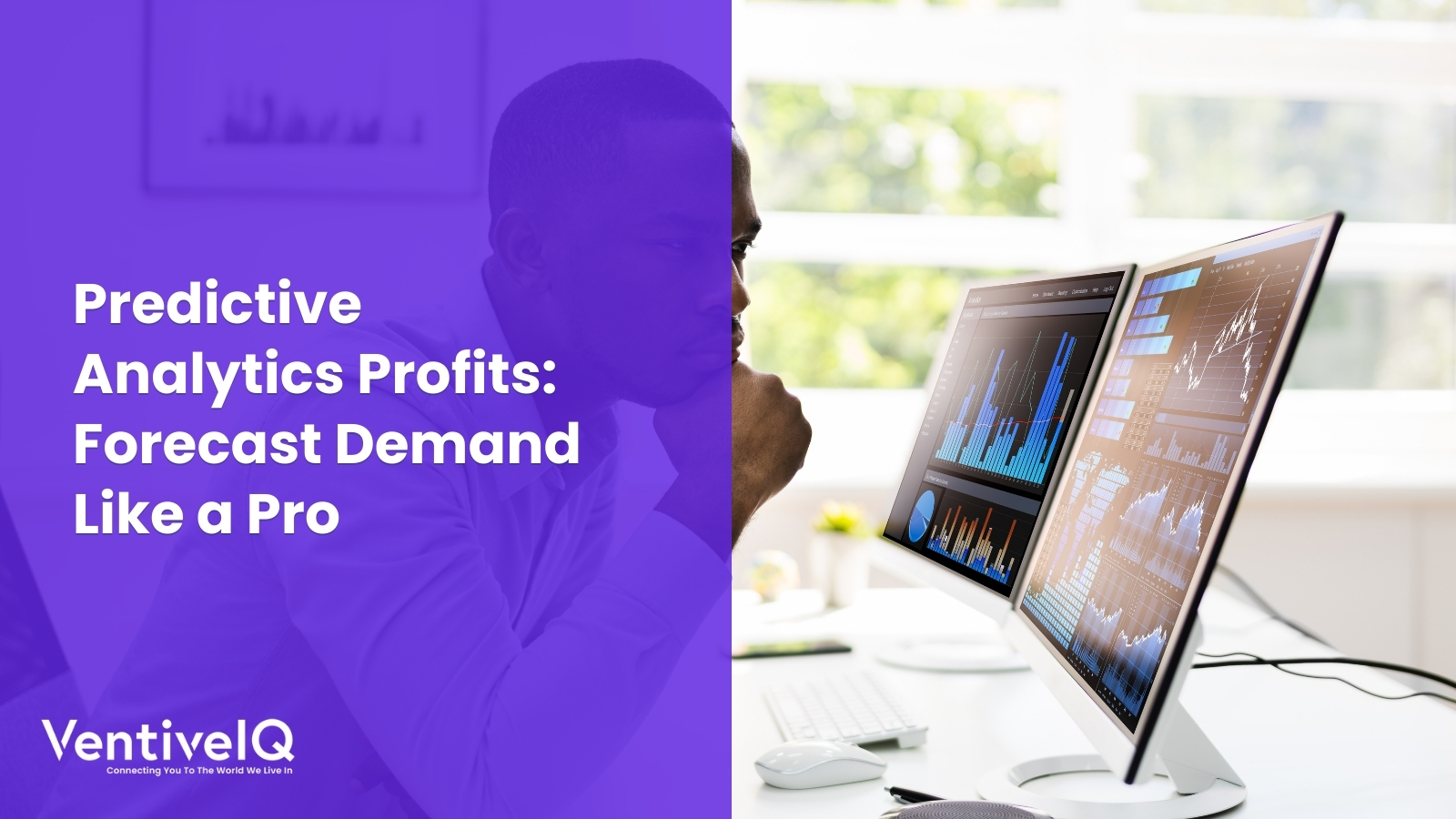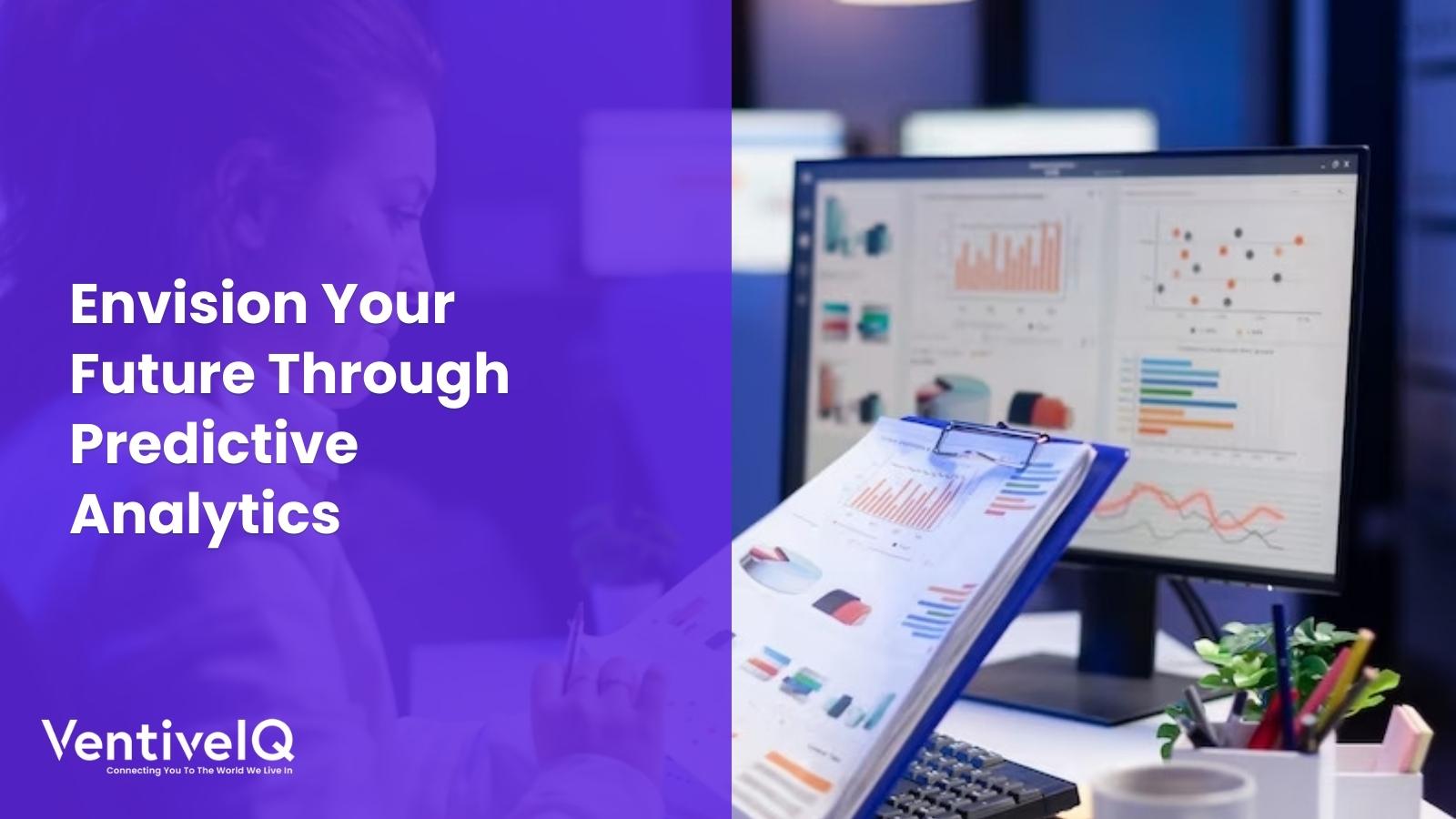Discover how predictive analytics & VentiveIQ’s expertise can skyrocket predictive profits & boost customer satisfaction. Learn the trade-offs, tackle challenges & more.
Introduction
In the fiercely competitive American market, businesses of all sizes operate on a tightrope: balancing innovation, cost optimization, and meeting ever-shifting customer demands. Predicting future demand accurately is no longer a luxury – it’s a strategic imperative. Enter the realm of predictive analytics, where data science and machine learning join forces to unveil the hidden patterns within your business and the broader market. But how do you navigate this complex landscape and harness the power of business forecasting to maximize profits? Buckle up, because we’re about to equip you with the insights and tools to forecast demand like a pro!

Understanding Predictive Profits
At its core, predictive Profits involve extracting insights from data to predict future outcomes. In the context of business forecasting, predictive profits utilize historical data, statistical algorithms, and machine learning techniques to forecast demand, identify patterns, and anticipate market trends.
Businesses can gain valuable insights into consumer behavior, preferences, and purchasing patterns by analyzing vast amounts of data. These insights empower businesses to make proactive decisions, optimize resource allocation, and capitalize on emerging opportunities.
Why Forecast Demand? The Impact You Need to Consider
Imagine if you could anticipate spikes in demand before they hit, ensuring you have enough inventory to capitalize on sales opportunities. Conversely, predict periods of slow sales, allowing you to optimize production and minimize wasted resources. This, in essence, is the transformative power of accurate demand forecasting. The impact extends far beyond immediate sales. Effective forecasting empowers you to:
- Reduce operational costs: Optimize inventory management, staffing levels, and production schedules, minimizing waste and inefficiencies.
- Improve customer satisfaction: Prevent stockouts and ensure timely deliveries, leading to happier customers and increased loyalty.
- Enhance financial planning: Make informed decisions about investments, marketing campaigns, and expansion plans based on reliable demand projections.
- Boost agility and resilience: Proactively adapt to market fluctuations and unforeseen events, safeguarding your business’s stability.
The benefits are undeniable, but the impact of inaccurate forecasting can be equally significant, leading to lost sales, frustrated customers, and potentially even financial ruin. Therefore, choosing the right approach and understanding the trade-offs involved are crucial.
The Importance of Business Forecasting
Effective business forecasting is essential for maintaining a competitive edge in today’s dynamic marketplace. By accurately predicting demand, businesses can streamline operations, minimize inventory costs, and ensure customer satisfaction. Moreover, forecasting allows businesses to align production schedules, allocate resources efficiently, and mitigate risks associated with fluctuating demand.
In the absence of reliable forecasting methods, businesses risk overstocking inventory, missing out on sales opportunities, and incurring unnecessary expenses. By leveraging predictive profits, businesses can anticipate demand fluctuations, adapt to changing market conditions, and stay ahead of the competition.

Navigating the Forecasting Landscape: Different Approaches, Different Trade-offs
The world of business forecasting offers a diverse toolkit, each with its own strengths and limitations. Let’s delve into some popular methods:
- Quantitative Techniques: These data-driven approaches utilize historical sales data, market trends, and other relevant factors to create statistical models that predict future demand. Popular methods include exponential smoothing, ARIMA models, and regression analysis. While offering objectivity and a solid foundation, they can struggle with highly volatile markets or unpredictable events.
- Qualitative Techniques: These methods incorporate expert opinions, surveys, and market research to capture subjective insights that quantitative models might lack. However, relying heavily on judgment can introduce bias and limit scalability.
- Hybrid Approaches: Blending quantitative and qualitative methods often yield the most robust results. By combining data-driven insights with expert knowledge, you gain a more comprehensive understanding of demand drivers and potential future scenarios.
The trade-offs lie in complexity, accuracy, and resource requirements. Complex models offer higher accuracy but often require specialized skills and significant data. Simpler methods are easier to implement but might sacrifice precision. Ultimately, the ideal approach depends on your needs, data availability, and budget.
Challenges & Considerations: The Road to Forecasting Mastery
Even the most sophisticated forecasting models face challenges. Here are a few important aspects to take into account:
- Data Quality: Garbage in, garbage out. Inaccurate or incomplete data will skew your predictions. Focus on data cleansing and ensure data quality reflects real-world conditions.
- Market Volatility: Highly unpredictable markets present a constant challenge. Consider incorporating external factors like economic trends, competitor activity, and social media sentiment into your models.
- Model Bias: Algorithms may absorb biases present in the data they’re trained with. Be mindful of potential biases and employ techniques to mitigate their impact.
- Overfitting: Complex models can sometimes be overfitted to historical data, losing their ability to generalize to new situations. Monitor model performance and adjust complexity as needed.
VentiveIQ Advantage: Combining Expertise with Cutting-Edge Technology
At VentiveIQ, we understand the complexities of the American market and the challenges businesses face in forecasting demand. Our unique blend of expertise in marketing science, data analytics, and industry knowledge allows us to tailor solutions that go beyond traditional forecasting tools.
Here’s how we differentiate ourselves:
- Human-in-the-Loop Approach: We combine the power of advanced machine learning with the insights of experienced analysts, ensuring your forecasts are grounded and market understanding.
- Actionable Insights: We don’t just provide predictions; we translate them into actionable recommendations that guide your marketing, sales, and operational decisions.
- Continuous Improvement: We believe in iterative learning and refinement. Our models constantly evolve, incorporating new data and market trends to ensure their accuracy remains sharp.
The Impact of Predictive Profits: Market Trends
The impact of predictive profits extends far beyond the realm of business forecasting. By harnessing the power of predictive profits, businesses can drive innovation, enhance customer experiences, and fuel growth. From optimizing supply chains to personalizing marketing campaigns, predictive profits empower businesses to make data-driven decisions that resonate with their target audience.

At VentiveIQ, we understand the transformative power of predictive profits. Our innovative solutions leverage cutting-edge predictive profits to help businesses unlock new opportunities, mitigate risks, and maximize profitability. With our advanced analytics platform, businesses can gain actionable insights, anticipate market trends, and stay ahead of the competition.
Conclusion
In today’s fast-paced business environment, predictive profits forecast demand is no longer a luxury – it’s a necessity. By harnessing the power of predictive profits, businesses can gain a competitive edge, anticipate market trends, and drive sustainable growth. From optimizing inventory management to enhancing customer engagement, predictive profits offer endless possibilities for businesses willing to embrace innovation. As you embark on your journey towards predictive profits, remember to consider the impact of your decisions. By prioritizing data quality, investing in robust analytics tools, and fostering a culture of innovation, you can unlock new opportunities and drive lasting success in an increasingly dynamic marketplace.

